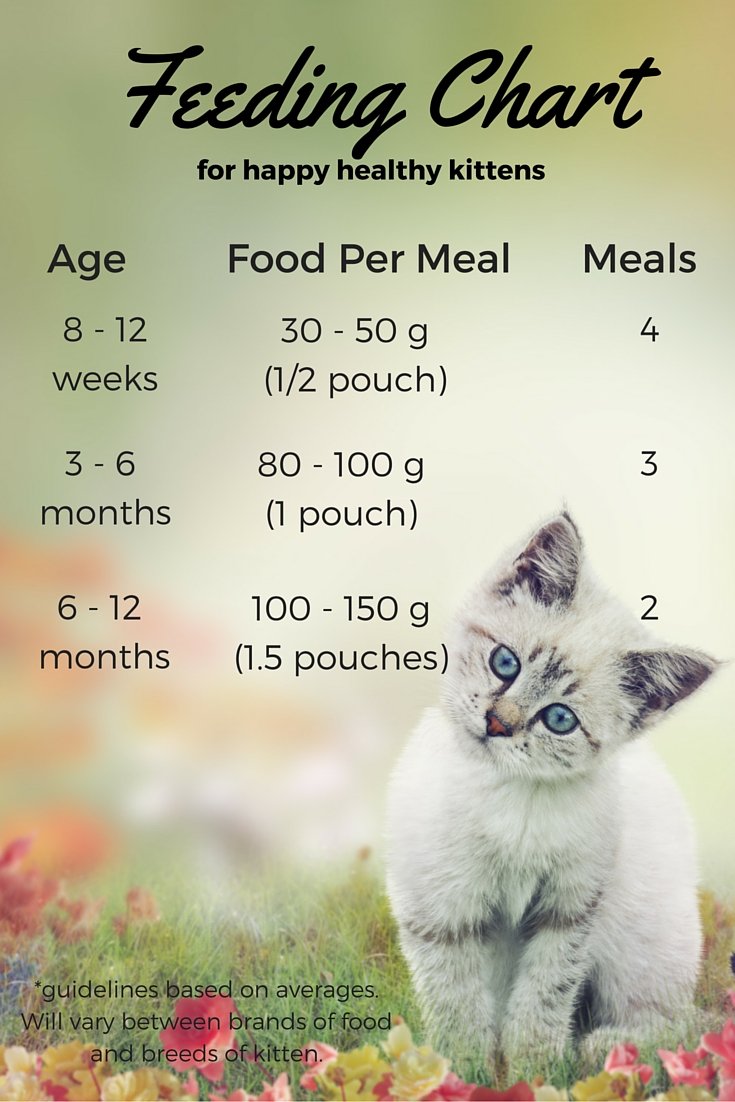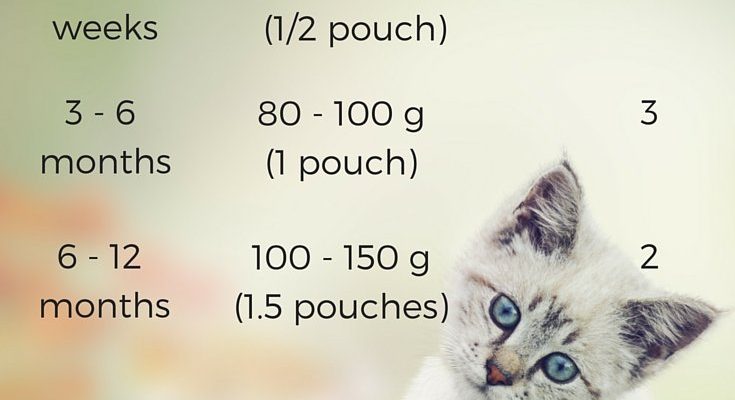
Cats are obligate carnivores, which means they primarily need meat in their diet. But the big question pops up: should you go for wet or dry food? And what about that elusive feeding schedule? Don’t worry! We’ll dive into the nitty-gritty of cat food choices and find out what’s best for your furry companion.
Understanding Cat Nutrition
Before we dig into the specifics of wet and dry food, let’s chat about what makes a balanced diet for cats. Cats require specific nutrients, including protein, fat, vitamins, and minerals. Their bodies are designed for a diet high in protein, which is why meat is such a star on their menu.
Here’s the thing: cats don’t just need to eat—what they eat matters a lot! A well-balanced diet supports everything from their energy levels to their shiny coats. Without the right nutrients, you can run into health issues, like obesity or urinary tract problems. So, keeping an eye on what goes into their bowl is key.
It’s also worth noting that cats have unique needs depending on their age, size, and health. For instance, kittens need more protein and fat to support their growth, while older cats might benefit from different nutrients to maintain their health.
Wet Cat Food: The Benefits
Wet cat food is often seen as the luxury option for our kitty companions. You might be wondering if it’s worth the splurge. Let me explain!
First off, wet food is packed with moisture. Cats aren’t always great at drinking enough water, so this added hydration can help with their overall health, especially for their kidneys and urinary tract. Plus, the aroma and texture of wet food can entice even the pickiest eaters.
Another benefit is that wet food tends to be higher in protein and lower in carbohydrates compared to dry food. This aligns well with a cat’s need for a meat-heavy diet. Some popular brands even offer specialized wet food formulas for specific health issues, like dental health or weight management.
While wet food might seem great, it does come with a couple of downsides. It usually costs more than dry food and can spoil quickly once opened. That’s something to keep in mind if you have a busy schedule.
Dry Cat Food: The Advantages
Now, let’s chat about dry food. You might think of it as the trusty sidekick to wet food in your cat’s diet. But why do so many pet owners choose dry kibble?
For starters, dry food is super convenient. It has a longer shelf life, making it easier to store without worrying about spoilage. You can leave it out during the day without stressing about it going bad, which is great for those busy days.
Another perk is that some dry foods have added dental benefits. The crunchiness can help reduce plaque and tartar buildup on your cat’s teeth, making it a little healthier for their dental hygiene.
However, keep in mind that not all dry foods are created equal. Some brands may have fillers or lower protein content, which might not be ideal for your cat’s health. Always look for high-quality dry food with real meat as the first ingredient.
Comparing Wet and Dry Food
So, how do you choose between wet and dry food? Honestly, it might come down to your cat’s preferences and specific needs. Let’s break it down:
Wet Food:
- Higher moisture content
- More enticing for picky eaters
- Usually higher in protein
Dry Food:
- Convenient and easy to store
- Can help with dental health
- More economical in the long run
Some pet owners even opt for a mix of both! This way, their cat can enjoy the benefits of each type. Just remember to transition slowly if you’re switching foods, as sudden changes can upset your cat’s tummy.
How to Create a Feeding Schedule
Creating a feeding schedule can make a huge difference in your cat’s health and happiness. Here’s a straightforward approach:
1. Determine the Right Amount: Check the feeding guidelines on the cat food package for portion sizes based on your cat’s weight and age.
2. Set Regular Times: Cats thrive on routine. Aim for consistent feeding times, such as twice a day, to help regulate their hunger and establish good habits.
3. Monitor Their Weight: Keep an eye on your cat’s weight. If they seem to be gaining or losing too much, adjust the portion sizes accordingly.
4. Consider Free Feeding vs. Scheduled Feeding: Some cat parents prefer to leave dry food out all day (free feeding), while others stick to scheduled feedings. Each method has its pros and cons. Free feeding can work for some cats, while others may overeat.
Just remember, it’s important to tailor the feeding schedule to your cat’s unique needs!
Common Mistakes to Avoid
Feeding your cat might seem pretty straightforward, but there are a few common pitfalls to watch out for. Here are a few mistakes to avoid:
– Overfeeding: It’s easy to give in to those adorable begging eyes, but overfeeding can lead to obesity. Stick to portion guidelines.
– Neglecting Water: Especially if you’re feeding your cat dry food, make sure they always have fresh water available.
– Ignoring Ingredients: Not all cat food is created equal. Look for high-quality ingredients with real meat and minimal fillers.
By staying aware of these common mistakes, you can set up your cat for a healthier life.
In Conclusion
Navigating cat food choices—wet vs dry—can feel overwhelming at first, but it doesn’t have to be. By understanding your cat’s nutritional needs and preferences, you can make informed choices that keep them happy and healthy.
Whether you stick with wet food, dry food, or a mix of both, remember that consistency is key. Pay attention to their reactions, keep an eye on their weight, and enjoy those meal times together. After all, every cat deserves a well-balanced, delicious diet!

